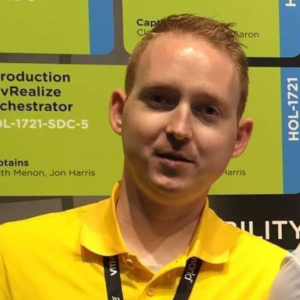Cisco held a “UCS Grandslam” today, where they announced some amazing new UCS products and announced a few refreshers of the UCS family. I think “Grand Slam” is a baseball term (not american 😉 ), because there was a pretty cool presentation from the major league baseball on how they are using the Internet of Things (IoT) to further the multimedia experience of baseball.
On to the important stuff! Cisco is refreshing and expanding the UCS family with a few new awesome things:
… Read more
